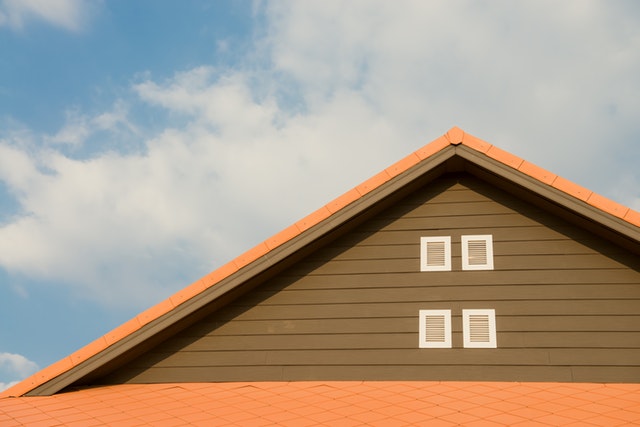
What is a Low Slope Roof
What is a Low Slope Roof
In colder and wetter states in the United States, low-sloped roofs are most common in commercial buildings and residential areas that have metal roofing. In most cases, these low-sloped roofs are made out of certain roofing materials that are not compatible with steeper slopes or when the area of the roof is wide enough that a low-slope is needed.

Most individuals would think that low sloped roofs are another term for flat roofs, but the term ‘low sloped’ can entail a variety of different roof designs. A flat roof can be considered as a low sloped roof since most flat roofs aren’t truly ‘flat’ but have a pitch of at least 0.5/12 to 1/12. This pitch is designed to help redirect water towards an area that can properly drain your water and dispose of it to the appropriate area.
But before we get into why we should be using a low sloped roof or not, we have to first determine the exact measurements of what makes a roof low-sloped and what can we do to make sure that our roof is in good condition.
Why have a low slope roof?
In most cases, homeowners would prefer to have a steeper roof since it can easily remove flowing water and snow off your roof at a faster rate than lower-sloped roofs. However, steepers roofs can also cause wearing our and tearing on certain roofing materials since gravity might pull down some of the mounting and fastening materials.
Most homeowners would choose to have a low-sloped roof than a truly flat roof since this can help funnel water towards your appropriate gutter systems. Moreover, low-sloped roofs are a better fit for buildings that have a wide area for their roof. If you look at warehouses, depots, and several other commercial buildings, you’ll find that they have a low-sloped roof since having a steep roof can make roof systems more susceptible to high winds.
Types of Low-sloped Roofs, Requirements, and Materials Used
When it comes to the accurate use of terms in the roofing industry, a low-slope roof has a pitch of 3/12. The 3 stands for the vertical rise in inches and the 12 stands for the distance in inches that’s being traversed; this means that for every 12 inches that’s being traversed on your roof, there is a difference of 3 inches.
Modern types of low-sloped roofs tend to use a continuous covering on the underlayer of the roof to protect against pooling or water being trapped which can be quite frequent on pitches of 0.5/12 and below. Truly flat roofs can be easily susceptible to the effects of pooling.
Built-up Roof
This type of roofing is built on multiple layers of felt paper (sometimes called tar paper) which is being mounted in place with asphalt or bitumen then “built-up” through a watertight layer that stops water from penetrating your roof’s interiors.
Modified Bitumen
As the name suggests, this type of asphalt has been chemically modified to be more flexible. Having more flexibility means that it can endure fluctuations in temperature which might cause your roofing materials to expand and recede. The composite mixture of heavy polyester and fiberglass can give this material a defensive matrix against impacts and flowing water.
Single Ply
The entire underlayer of the roof is pre-made right before it is installed which becomes a single ply that encompasses the entire roof. Having high tensile strength, great waterproofing, and a competitive amount of performance, this is one of the most highly sought after and used low-slope material.
Low Slope Roofing Application
Low slope roofing has two different categories which are dependent on the project that’s being done and the area of the roof that is being applied. Larger roof applications are incorporated on condominiums, row houses, and rural townhouses. Smaller roof applications are incorporated on smaller attachments to your house such as residential porches and garages from the main structure of your home where the roof’s pitch will change dramatically.
Large Roof Applications
Larger roof designs tend to use products and roofing systems which are made of built-up roofing (BUR), APP bitumen, and SBS modified bitumen.
Small Roof Applications
Usually, roofing contractors will offer SBS modified bitumen for garage and porch transitions.
Ultimately, having a low-pitch roof can have its own benefits than having steep roofs. If you’re planning on installing low-sloped roofs, it’s best to do this on roofs that have a wide area. Moreover, having a low-pitch can help drain water away from your rooftops which can prevent pooling. If you’re still not sure about the best type of material that you should be using for your roof, you can always contact your local professional roofing contractor for the best course of action and the materials that you can use for your roofing Houston TX.